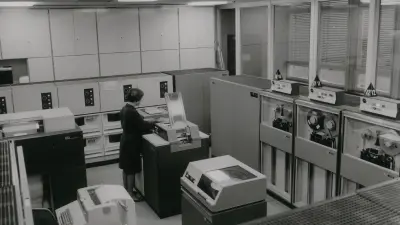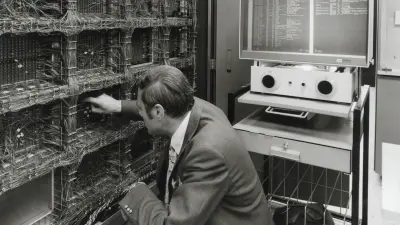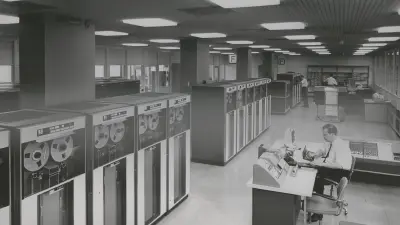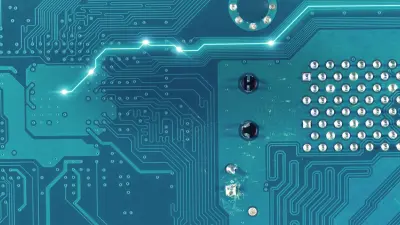New IBM mainframe computer at Bosch: Mass data processing in the 1970s

Computers have been in use at Bosch to process large quantities of data since the late 1950s. A mainframe computer was brought in at the pump plant in Stuttgart-Feuerbach to calculate weekly wages in 1958. A second system to help manage the central warehouse was added in 1961.
In 1971, Bosch became the first company in Europe to start using the IBM System/370-165 mainframe computer.
The new mainframe models — designed for the Seventies
On June 30, 1970, IBM unveiled its new models to the public at a press conference. IBM CEO Thomas J. Watson made reference to the constantly growing demands facing electronic data processing in the 1970s and presented the company’s response: the System/370 series, featuring “dramatically higher performance and information storage capacity.”

At the Bosch location in Stuttgart-Feuerbach, associates worked to get the most out of the newly acquired IBM mainframe. The system was capable of running 15 programs at the same time. For maximum economical performance, the IBM computer was in operation non-stop from Monday to Saturday — in three shifts.
The sheer proportions of the mainframe computer were impressive. The monthly rental price included regular maintenance and repairs, as well as an on-site team of technicians from IBM that had its own service office at the Bosch location, allowing repairs to be performed at a moment’s notice. An independent, secure power supply unit with a backup system provided the necessary energy, and a special circulating water pump with 150 liters of distilled water helped keep the mainframe cool.
Computing at the speed of light with the IBM mainframe
The mainframe computer’s storage capacity of 1 million bytes (1 MB), with some 600,000 bytes of RAM, appeared “virtually unlimited” in 1971. Today this figure appears rather modest, with nearly every smartphone providing hundred thousand times that capacity.
The storage capacity made it possible to run multiple programs at the same time. Once computing processes had been completed, the data was backed up using magnetic tape or disks and stored in a fireproof archive. What is more, the mainframe computer was capable of adding two six-digit numbers at the “fantastic speed” of 160 nanoseconds.
In its day-to-day use, the IBM System/370-165’s main job was to process orders and help manage the central warehouse in Stuttgart-Feuerbach. It also processed the net salary and wage records for five Bosch plants in the Stuttgart area, along with workpiece parts lists, inventory records, warranty claims, stock-taking, sales statistics, and much more.

The changing world of work
IBM's improved mainframe resulted in a new way of working, especially in central warehouse management. Once an inventory of all product types and customer lists had been entered into the system as a basis, the ongoing entry of production figures, deliveries, and orders made it possible to maintain a constant overview of inventories and delivery capability. Associates could read information on the mainframe's screen or print it out in document or list form, along with all stock requisitions, delivery notes, and invoices.
The power of the IBM's mainframe was ultimately also reflected in the staffing capacity required to run it. Operating the system kept some 120 associates busy with a variety of tasks, such as data processing, entry, and retrieval, as well as programming, technical maintenance and repair, archiving and retrieving magnetic storage devices, and cutting lists, which were printed on continuous form paper.
The trend toward an “increasing volume of data” continued even after the 1970s had ended. IT capacity faces ever-mounting demands, both in traditional and new business fields at Bosch. As a result, IT infrastructure, computing power, and computing areas are constantly being enhanced and expanded.

Author: Bettina Simon


